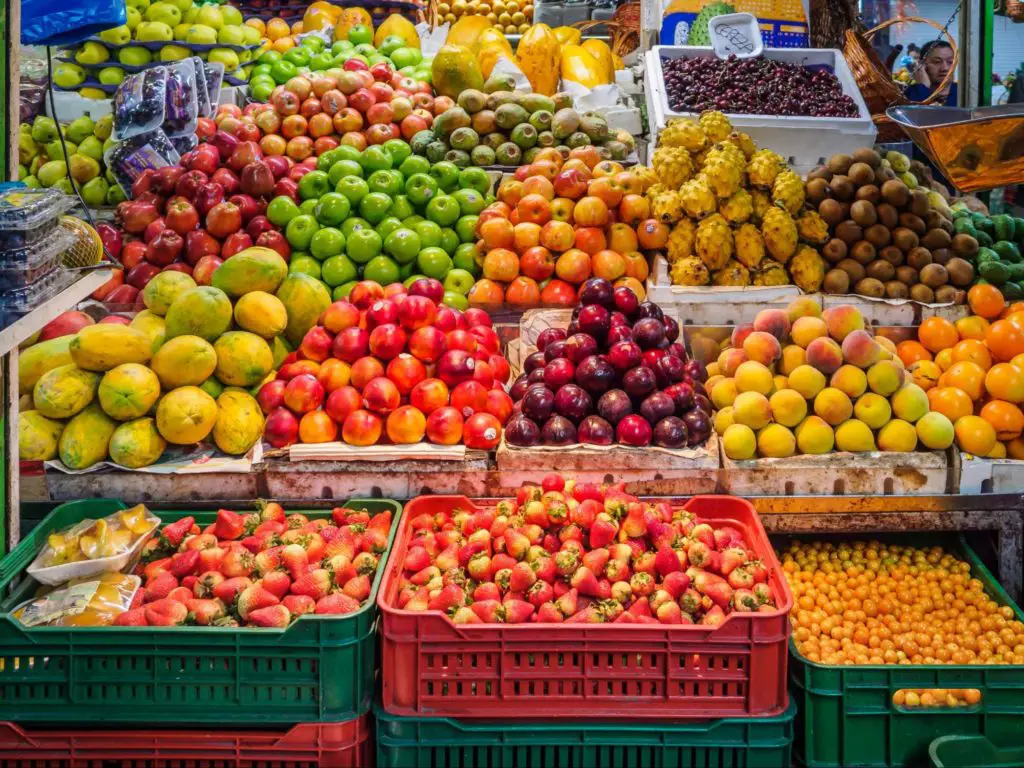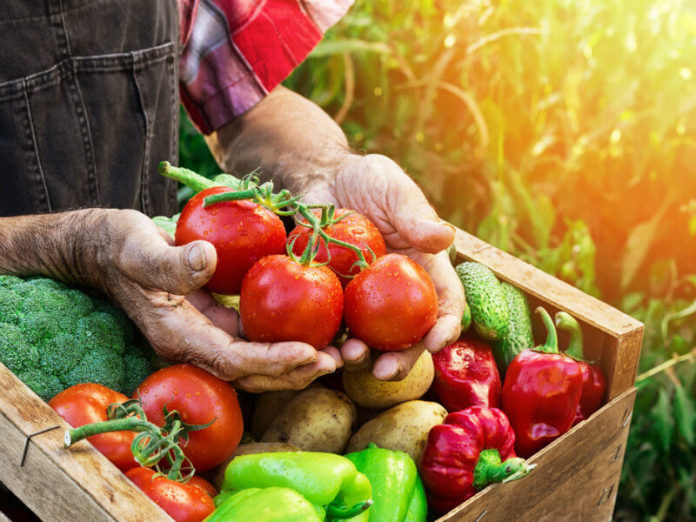There are many organic food options available in supermarkets. Because of this, it’s important to understand what the term “organic” means. You should also know why you should choose organic and how to choose organic foods. Fruits, vegetables, meat, dairy, and even processed foods can be labeled organic.
Eating organic foods can be part of a heart-healthy diet. This is important if you’ve had a heart attack and you’re trying to reduce your risk of more heart problems to live longer and healthier. It also keeps your life insurance from being canceled or skyrocketing in price.
You might be wondering, can I get life insurance after a heart attack? You can, but it will depend on the severity of your heart attack, your age, and how much time has passed. To get the best insurance rates and coverage, you can compare insurance quotes online or meet with an insurance agent.
We’ll overview what organic food is, how to tell if a food is organic, the pros and cons of this type of food, how to choose organic food affordably, and the connection between life insurance and health.
What does organic mean?
There are specific standards and regulations before a food product can use the term organic. The U.S. Department of Agriculture (USDA) sets these standards and regulations for farmers and producers to use.
Organic meats have been raised in living conditions similar to their natural behaviors, like grazing in a pasture. Producers can’t use any antibiotics or hormones, and the animals are fed 100% organic feed.
Organic eggs come from chickens that are fed organic feed and can’t contain hormones or other drugs. Antibiotics can only be used if the chicken is ill. The chickens must be cage-free and only allowed natural molting.
Organic fruits and vegetables have been grown using less or limited pesticides. They have been grown in soil that has not had any prohibited and synthetic fertilizers and pesticides applied for at least three years. There are some allowed pesticides, but those must have been approved by the USDA.
There can also be no use of genetically modified organisms in organic foods. Organic processed foods like cereal or packaged foods can’t contain artificial preservatives, flavors, or colors.

How can you tell if a food is organic?
There are three levels when it comes to the ingredients and if the food is organic.
- 100% organic means that 100% of the ingredients are organic.
- If a label says “organic” or has the USDA Organic Seal, the standard is that 95% of the ingredients must be organic.
- If the label says “made with organic ingredients,” the standard is that 70% of the ingredients must be organic.
You can use the product packaging to determine which organic foods to choose and the number of organic ingredients. The packaging can also help you choose foods to eat organic on a budget.
Pros of Organic Foods
There are pros to choosing organic foods. Organic foods are grown with fewer pesticides, no antibiotics, no hormones, and no genetic engineering. This can make them easier to digest.
While pesticides don’t seem to have a negative effect on adults, there is some research showing that children should limit their consumption of foods with pesticides. Overuse of pesticides can also be harmful to the environment.
Cons of Organic Food
The main con of choosing organic foods is the cost. Organic foods cost more for producers and farmers, and that cost is reflected in the price that consumers pay for these products.
There is no evidence that organic foods are more healthy or nutritious than their conventional counterparts. Organic foods can still be high in sodium, added sugar, trans fat, or saturated fat. The organic options may have fewer chemicals, but they are not more healthy.
While genetically modified organisms, hormones, and antibiotics are controversial practices in agriculture, the research shows no major effects on human health. Most of the concerns with these practices are not backed up by research. It’s always a personal preference if you want to choose foods that limit or avoid these controversial practices.

How to Choose Organic Food
There are a few strategies that can help you choose organic foods that meet your needs and your budget. Just like it’s possible to eat healthy while on a budget, it’s also possible to eat organic on a budget.
The best way to buy organic foods on a budget is to buy them on sale. You will also find better deals on organic fruits and vegetables when they are in season and if they are not in season, you can try frozen organic products.
If your food budget only allows for some organic food purchases, decide which foods would be the biggest priority for you to choose organic. You may not be able to buy everything organic, but you can choose a few organic options as part of your food budget.
You can also purchase the organic store-brand options. The store brand is usually cheaper, usually tastes the same, and will still meet the organic standards.
If you have a local farmer’s market or community-supported agriculture options in your area, you may also be able to find foods low in pesticides and support local farmers at the same time. Some may use minimal pesticides but not be certified organic by the USDA. You can ask the growers about the agricultural techniques and if they are using more natural options.
If organic foods are not in your budget but you want to cut back on pesticide residue, there are a few things you can do. Wash your produce well under running water and trim and peel any outer peel or outer leaves. Trim the visible fat and outer skin from meats to reduce pesticides that may remain in animals.
An independent organization called the Environmental Working Group has been researching organic fruits and vegetables for years. They have identified two lists of produce called the “Dirty Dozen” and “Clean Fifteen” based on the amount of pesticides residue.
The “Dirty Dozen” are the 12 fruits and vegetables that have the most pesticide residue. It would be beneficial to buy the organic options if you are trying to reduce exposure to pesticides on your produce. The 2021 “Dirty Dozen” list includes (starting with the most pesticide residue):
- Strawberries
- Spinach
- Kale, collard, and mustard greens
- Nectarines
- Apples
- Grapes
- Cherries
- Peaches
- Pears
- Bell and hot peppers
- Celery
- Tomatoes
The “Clean Fifteen” is a list of the 15 fruits and vegetables with the least pesticide residue. There is no need to buy these products organic because the conventional options are low in pesticide residue. The 2021 “Clean Fifteen” list includes (starting with the least pesticide residue):
- Avocados
- Sweet corn
- Pineapple
- Onions
- Papaya
- Sweet peas (frozen)
- Eggplant
- Asparagus
- Broccoli
- Cabbage
- Kiwi
- Cauliflower
- Mushrooms
- Honeydew melon
- Cantaloupe
Fruits and vegetables are full of vitamins, minerals, antioxidants, and fiber, so they are an important part of a healthy diet. Eating a variety of foods is one of the best ways to reduce exposure to any specific pesticides and enjoy a more nutritious, healthy diet. A healthy diet can boost your metabolism, finances, and health insurance rates.
Life Insurance and Health
Life insurance is important to help protect your family’s financial future and provide for end-of-life expenses if something happens to you. Life insurance is cheapest when you are young and healthy, and can be more expensive if you are older or have a criminal record. Life insurance rates are based on your age, gender, occupation, health status, and medical history.
You can get life insurance if you are older or have health issues, but it may be more expensive. It’s important to compare rates online or work with an insurance agent to find the best life insurance coverage and rates.

Melissa Morris writes and researches for the life insurance comparison site, EffortlessInsurance.com. She is a university professor of nutrition and a certified sports nutritionist.

